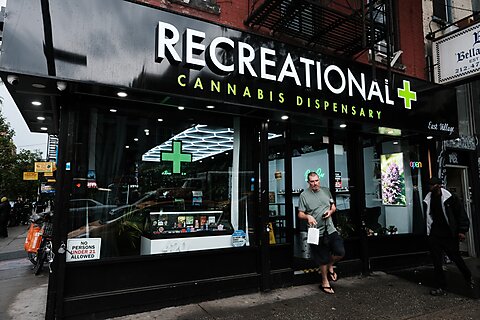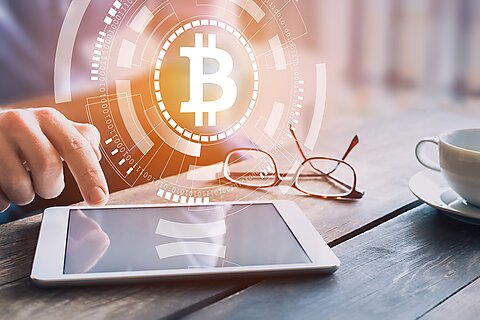Colorado and Washington were the first states to legalize recreational marijuana in 2012. The states began allowing retailers to sell marijuana to adults in 2014. Currently, 24 states and the District of Columbia have followed their lead.
In early 2023, the Youth Risk Behavior Survey (YRBS) published by the Centers for Disease Control and Prevention noted the percentage of high-schoolers reporting marijuana use over the past 30 days fell from 23 percent in 2011 to 16 percent in 2021. The updated survey, released yesterday, found that the number increased to 17 percent in 2023, though the report characterized the difference as “no change.” Compare that to 2013, when the survey reported that 23 percent of teens used marijuana in the past month.
According to a different survey, the latest National Survey on Drug Use and Health (NSDUH), teen marijuana use has dropped considerably over the past decade, a time during which several states have legalized recreational marijuana. The survey found the percentage of persons aged 13 to 17 stating they have ever used marijuana fell 18 percent between 2014 and 2023. The number of teens using marijuana in the past year fell 15 percent during that period, and the percentage of teens currently using marijuana fell 19 percent but dropped only slightly between 2022 and 2023.
In 2019, researchers reported in JAMA Pediatrics:
Consistent with the results of previous researchers, there was no evidence that the legalization of medical marijuana encourages marijuana use among youth. Moreover, the estimates reported in the Table showed that marijuana use among youth may actually decline after legalization for recreational purposes.
Perhaps because the researchers were economists who understood the unintended consequences of prohibition, they postulated a reason for the decline after legalization: “It is more difficult for teenagers to obtain marijuana as drug dealers are replaced by licensed dispensaries that require proof of age.”
This is consistent with findings in the 2023 YRBS that noted teen marijuana use trending upward between 2009 and 2013, with the trend generally reversing during the years since retail marijuana sales first became legal in 2014. Legal retailers of adult-only substances tend to enforce age restrictions on minors diligently. Black market drug dealers ignore them.
While critics of marijuana legalization point to research suggesting marijuana use may harm the developing (especially adolescent) brain, the evidence continues to mount that the best way for policymakers to reduce adolescent and teen marijuana use is to legalize it for adults.









